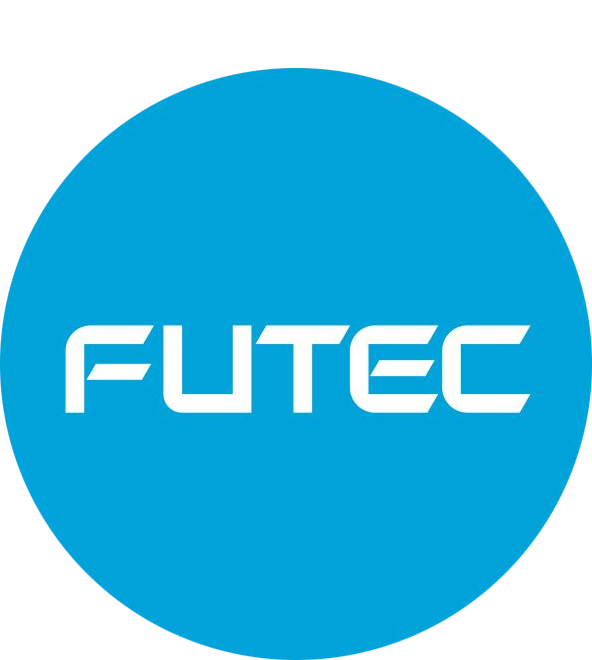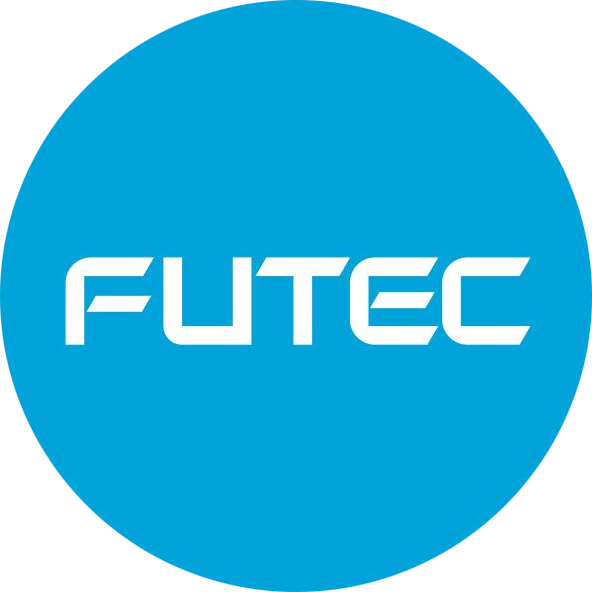
21 Jun Top 5 questions that keep packaging printers awake at night
We live in a digital era where brands are facing huge challenges, because consumers have more choice and ever-increasing expectations. Brands, must work harder to surprise and delight if they are to retain a competitive edge. This has consequences for print service providers (PSPs) and converters, particularly those producing flexible packaging and labels. Brands are demanding more from their suppliers as they look to stand out. For PSPs this presents stark choices. You can look to differentiate on price, but that means reduced margins. You can focus on innovation, but that can be expensive and risky. At the same time, the highest levels of quality must be maintained.
Despite the pressures, the opportunities are clear. Smithers Pira reports the total market for consumer and industrial flexible packaging is almost $230 billion in 2017, set to grow at an annual rate of 4.3%. Factors such as the increasing adoption of “just in time” strategies as well as personalisation and customization have created fantastic growth opportunities for packaging printers. So, how do you marry the needs of your customers for real-time, innovative printing production while maintaining a healthy business model? How can you differentiate yourself from the competition? I am convinced the key is to focus on managing quality, because flaws are still a major cause of costly downtime and wastage. If you are to avoid this, you must be able to answer these questions:
1. How can I give my customers 100% confidence when it comes to quality?
Defects and flaws can be caused by a variety of things, including dirty print, ink spitting, ghosting, alignment issues…the list is long. While there are a multitude of ways to minimise these problems, they still happen. Therefore, it’s critical that you can rely on robust technology to detect these faults as soon as they happen, and avoid costly waste and downtime. Knowledge is power, therefore having full sight of any print defects is a good start, and will put you on the path to producing a perfect product.
2. How do I avoid the headache (and downtime) associated with installing new systems?
At the buying stage, ask yourself the question: do I want to buy a one-stop-shop solution that might be ok, or do I want to invest in specialist, best of breed technology? When it comes to 100% inspection systems, a plug-and-play approach that enables integration quickly and easily with your existing products and workflow will not only minimise downtime but also give you the most robust solution.
3. New technology normally means a lot of time retraining staff – how do I avoid this?
With 100% inspection, once the production manager has set up the job very little input is required from the operator, as all the data is automatically fed back to the server. Choosing the right system should help you dramatically reduce the scope for human error, without needing to spend time training your staff.
4. How can I consistently monitor quality when the kinds of jobs I produce varies so much?
Printing press vendors are always bringing new products to market, but there is also a strong commitment to helping existing customers diversify and break into new markets by developing new capabilities for kit they already have. This means the kind of jobs you can produce on one press over the course of a week can vary a lot. Therefore, it’s important that any peripheral technology is “application agnostic”, and can be quickly set up for any job.
5. The market is so competitive. What can I do to win more business?
First of all, you need to get yourself on the preferred suppliers list! Increasingly, brands are requiring much more rigorous processes when it comes to fault detection and for many big brands, 100% inspection is becoming mandatory when selecting a print provider. Then, you need to upsell it! Make it one of your key USPs, state it on your website, build it into your new business pitch.
Can we help you with any of these issues? Are there other topics you would like to discuss? Let me know: silvio.neumann@futeceurope.com


